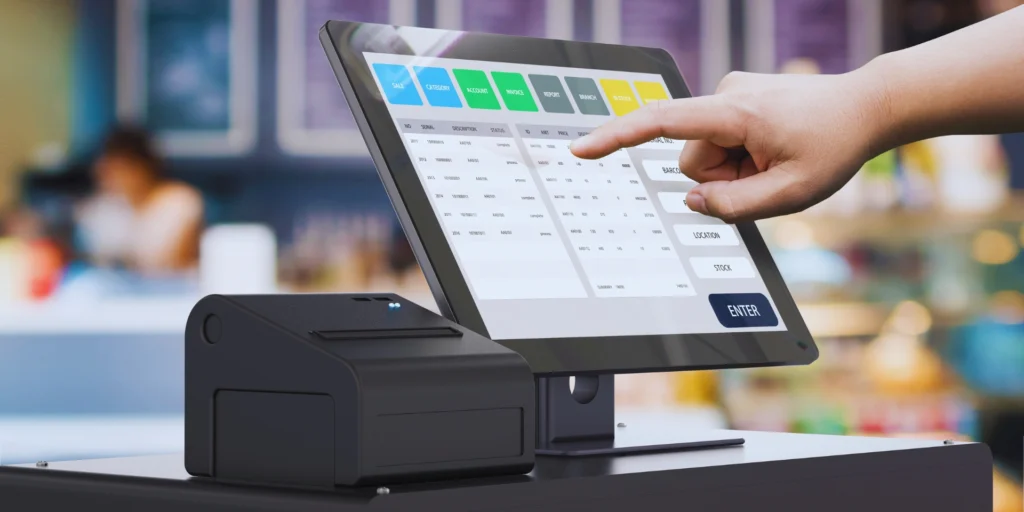For small business owners, every penny counts. Understanding and managing the impact of credit card processing fees can be crucial to maintaining a healthy bottom line. Here’s a closer look at how these fees affect your business and a strategic approach to mitigate their impact by passing them on to the customers.
The Weight of Processing Fees
Credit card processing fees are an unavoidable part of accepting credit cards. Typically, these fees range from 1.3% to 3.5% per transaction, depending on various factors such as the card type, the way the card is processed, and the merchant’s agreement with their processor. While these percentages might seem small, they can quickly add up, especially for businesses with tight margins.
For example, if a small business processes $10,000 in credit card payments each month at an average fee of 2.5%, that’s $250 monthly—or $3,000 annually—spent on processing fees alone. This substantial sum could otherwise be reinvested into the business to enhance services, improve products, or increase marketing efforts.
Shifting the Burden: A Cost-Saving Strategy
One effective strategy to mitigate the impact of processing fees is to shift the burden of these costs to the customers through surcharging or using a cash discount program. Here’s how each method works:
- Surcharging: This involves adding a small extra fee to transactions made with a credit card, which directly covers the cost of processing the payment. This fee is not applied to other payment methods like cash or debit cards. Surcharging is legally permitted in most U.S. states but requires clear communication to customers and compliance with processor and card network regulations.
- Cash Discount Programs: Alternatively, businesses can post credit card prices and offer a discount to customers who pay with cash. This incentivizes cash payments which don’t incur processing fees, thereby saving the business money.
Choosing the Right Payment Processing Platform
Selecting a payment processing platform that supports surcharging or cash discount programs effectively is critical. Here are a few tips to help you choose the right one:
- Transparency: Look for platforms that offer clear, understandable fee structures with no hidden charges.
- Compliance: Ensure the platform complies with all applicable laws and card network rules regarding surcharging and cash discounts.
- Technology: Choose a platform that offers seamless integration with your current systems and provides an easy way for you to implement and track surcharges or discounts.
- Support: Good customer support is vital. Opt for a provider that offers robust support and guidance on setting up and managing your chosen cost-saving program.
Conclusion
Credit card processing fees can eat into your profits, but with the right strategies and tools, you can minimize their impact. By opting for a payment platform that facilitates the transfer of these fees to the consumer, you not only protect your bottom line but also maintain transparency with your customers. Remember, the goal is to make payment processing as cost-effective as possible while keeping your customers informed and satisfied with their purchasing experience.
Small business owners should consider these strategies seriously, as they can make a significant difference in annual operational costs. By shifting credit card fees to customers responsibly and ethically, you can turn what was once a burden into a strategic advantage for your business.




